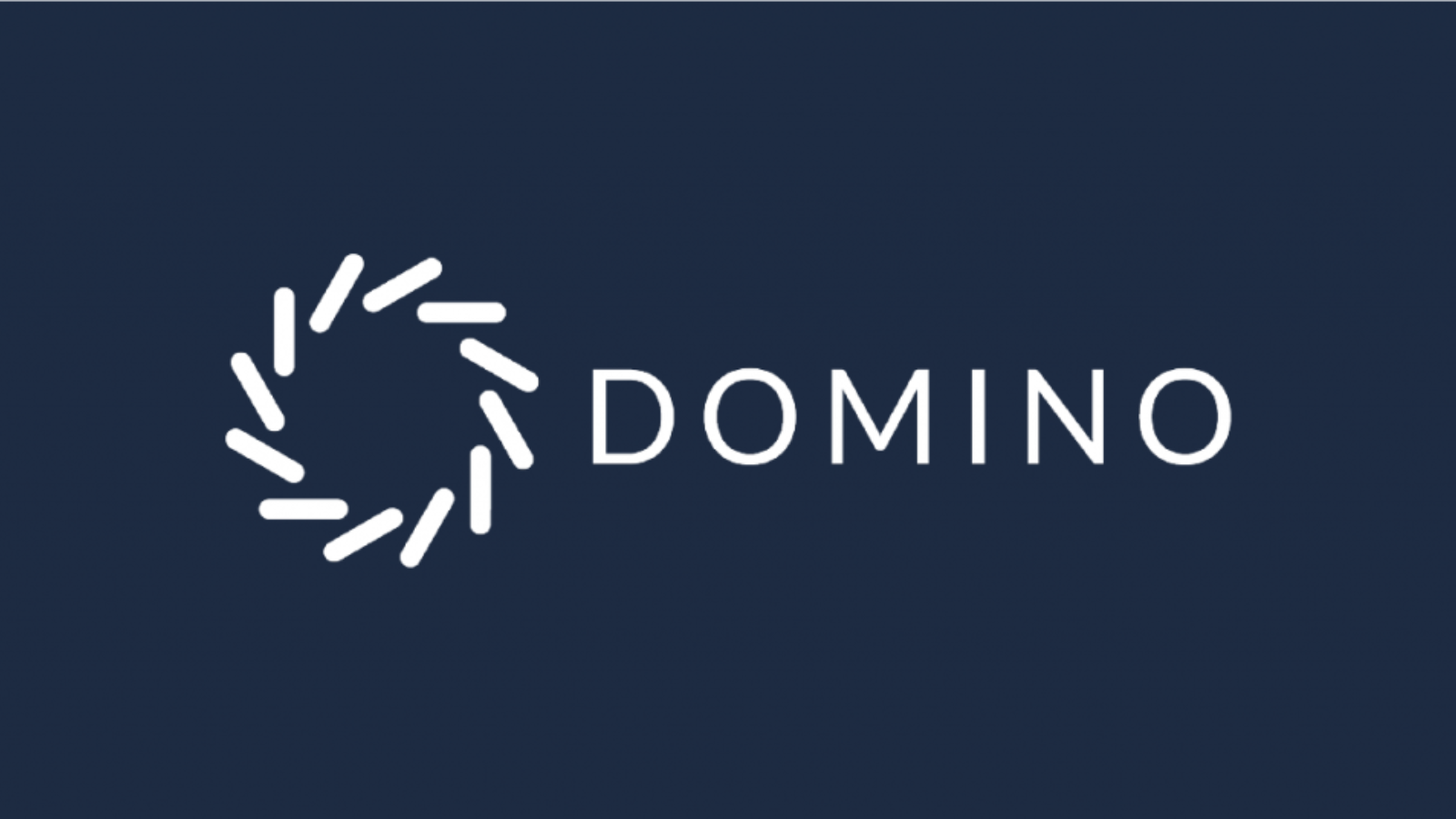In the ever-evolving landscape of software development, a paradigm known as functional programming has emerged as a revolutionary approach. Unlike traditional object-oriented programming, functional programming hinges on the principle of utilizing mathematical functions to craft elegant solutions. It emphasizes “what” rather than “how,” offering a unique perspective on problem-solving. This approach not only makes the learning journey delightful but also leads to the creation of cleaner, more efficient code.
Unwrapping the Essence of Functional Programming
Functional programming presents a compact and efficient approach to software development. This novel paradigm champions the reusability of code, resulting in enhanced efficiency and improved readability. Its syntax is a breeze to debug, further contributing to its appeal. Moreover, what truly sets functional programming apart is its compatibility with the data science domain, making it a valuable asset for modern developers.
Exploring the Elite: Top 10 Functional Programming Languages
- Clojure: Pioneering Multithreaded Excellence As a versatile programming language, Clojure stands out by seamlessly integrating with the Java Virtual Machine (JVM). Its unique feature is the avoidance of redundancy during Java calls. Clojure boasts an interactive multithreaded programming style, providing accessibility for developers. While its macros may carry a reputation for complexity, the core syntax remains uncluttered, enabling efficient coding.
- Elixir: Empowering Scalability and Low Latency Elixir emerges as a powerhouse for building scalable and adaptable applications. Designed to handle a multitude of requests with ease, it capitalizes on high concurrency and low latency. This language draws inspiration from Erlang, Ruby, and Clojure, offering support for multithreaded applications. Elixir embodies the fusion of exceptional features from diverse languages, ensuring robust performance.
- Haskell: The Epitome of Optimization Renowned as an advanced functional programming language, Haskell boasts a declarative syntax and static typing. This compile-type language ensures precision through error detection at compilation. Particularly suited for high-performance applications, Haskell excels in optimization. Its lazy argument evaluation facilitates comprehensive composition and grants finer control over constructs.
- Scala: Bridging the Static-Dynamic Divide Scala emerges as a bridge between static and dynamic languages, catering to the demands of data pipelines and big data projects. Supported by an expansive library ecosystem, Scala‘s static typing proves invaluable in complex applications. Its compatibility with Java and JVM makes it a versatile choice, allowing functions to be classified as first-class objects.
- Python: The Functional Ally in Data Science Although not exclusively a functional language, Python offers functional capabilities such as lambda, map(), and filter(). This versatility enables concise, high-level, and parallelizable code. Python’s popularity thrives in data science and machine learning, owing to its readable and understandable syntax. It finds a comfortable niche in data pipelines and machine-learning operations.
- Elm: Crafting Dynamic Web Applications Elm excels in crafting dynamic web and HTML applications. Its intelligent compiler simplifies refactoring, enhancing development efficiency. The language boasts seamless interoperability with JavaScript, enhancing its utility. Elm’s well-architected framework ensures swift application rendering, while its clear and adaptable code eases integration into diverse projects.
- F#: Merging Robustness and Clarity Serving as an open-source, cross-platform programming language, F# thrives in writing robust code. It emerges as the functional counterpart to C#, characterized by its user-friendly syntax. F# supports pattern matching and async programming, accompanied by an array of data types. It seamlessly transforms data through functions, adhering to a data-oriented functional programming paradigm.
- Erlang: Embracing Message-Based Excellence Erlang excels as a process-oriented language, embracing lightweight processes. Its standout feature lies in enabling functions to communicate fluidly. Ideal for message-based applications like chat apps, messaging queues, and blockchain apps, Erlang ensures highly responsive applications. Automated storage management and per-process garbage collection elevate its responsiveness.
- PHP: Swift Prototyping and Web Development PHP’s rapid prototyping and web development capabilities are legendary, making it a cornerstone for platforms like Facebook and WordPress. Despite its functional essence, PHP accommodates object-oriented programming in higher versions. Its simplicity and flexibility, along with seamless integration with HTML, JavaScript, and XML, underscore its enduring appeal.
- JavaScript: The Swiss Army Knife of Languages JavaScript reigns as a versatile scripting language, balancing object-oriented and functional paradigms. Plain JavaScript accelerates rapid prototyping, earning its place among front-end and web developers. Its utility extends beyond browsers, embracing presentations, games, mobile applications, and more.









Leave a Reply